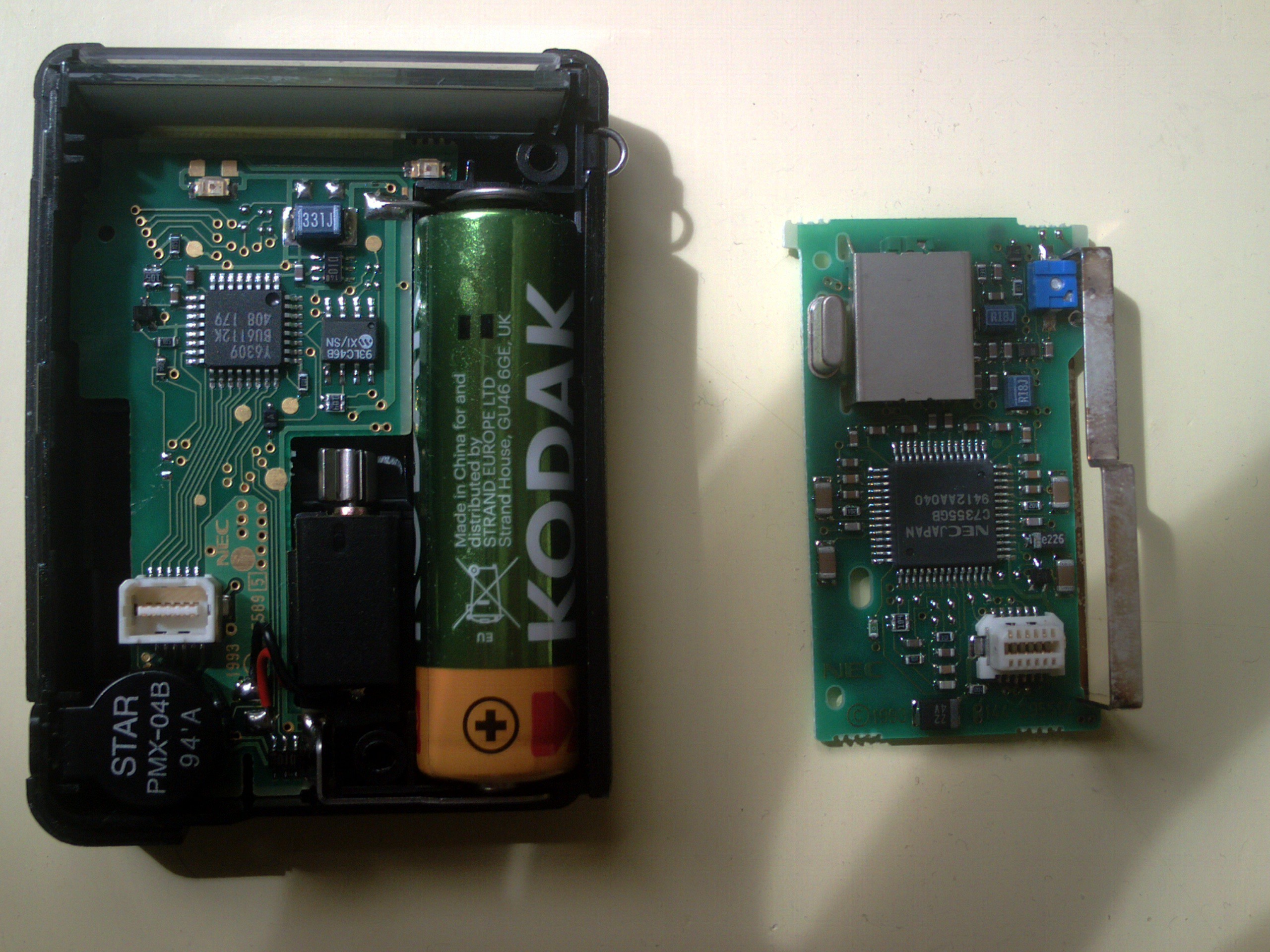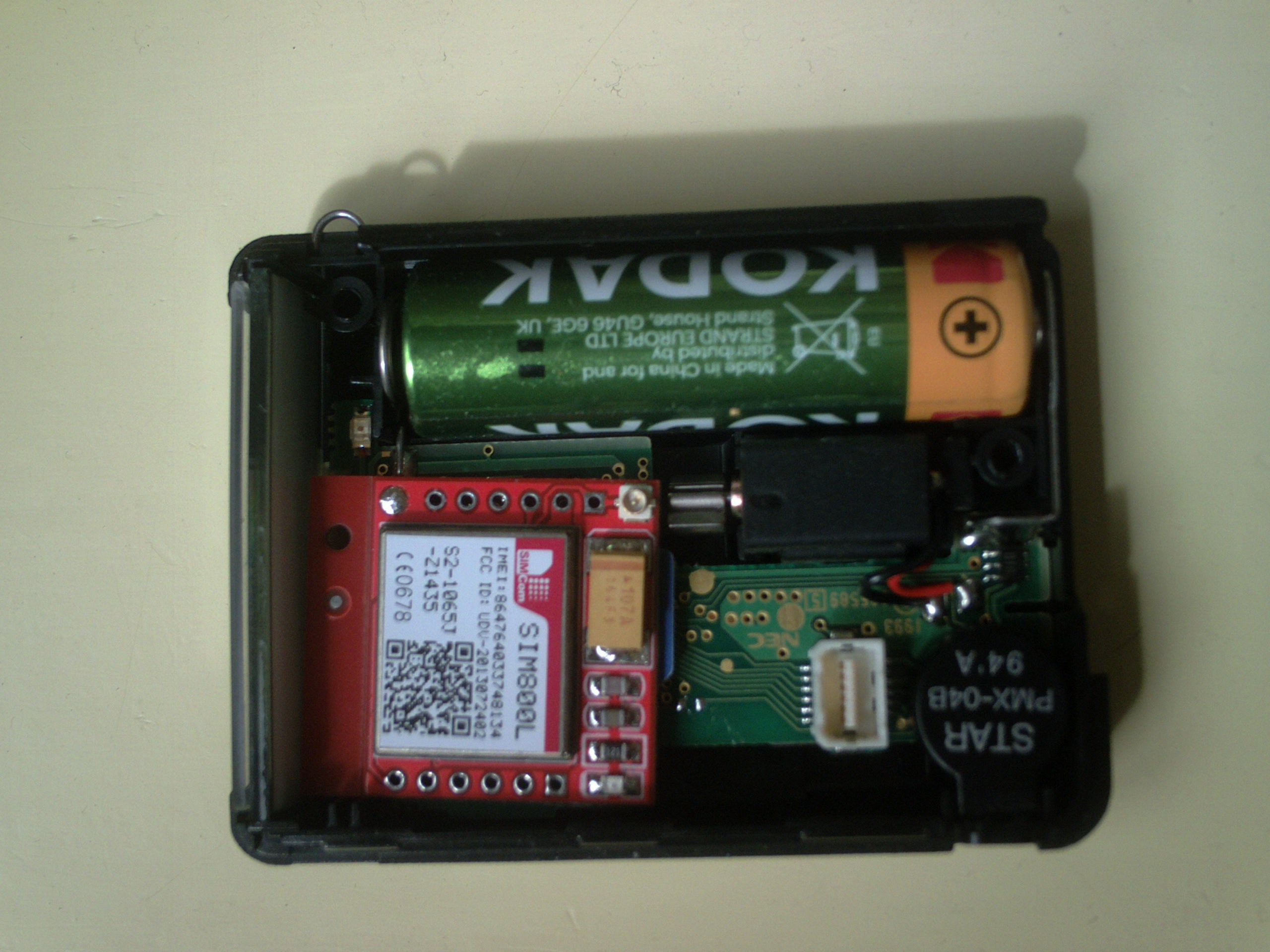-
A new approach involving a *real* (active) pager
09/26/2023 at 19:34 • 0 commentsOver the last couple of months, I've started tinkering with old gadgets again - the result being that I'm now considering approaching this pager project in a different, more 'purist' way.
I recently discovered that you can still rent a proper (that is, POCSAG) tone pager in the UK, for about £6/month. By 'tone pager' I mean a pager that just beeps when someone calls it - no numeric/alphanumeric messages involved. These pagers run on the PageOne network, which is the only wide-area POCSAG paging network remaining in the UK, after Vodafone shut theirs down back in 2018.
Tone pagers have various obvious, and less obvious, limitations:
(a) you don't know who called you, unless only one person has your pager number
(b) if they called you from a mobile, they might face financial ruin (calls to pagers on O2 pay-as-you-go now cost £1.50 per minute!)
(c) if you're out of range, or your pager is switched off, you'll never get the message.
To eliminate these issues, I had the idea to combine one with Twilio. It should be quite easy to rent a Twilio mobile number (about 90p/month) and implement a flow like this in Twilio Studio:
person rings Twilio mobile number (eliminating problem b) -> Twilio voicemail takes message (eliminating problems a/c) and forwards to email -> caller ends call -> Twilio rings pager number -> pager beeps -> user checks Twilio voicemail when they're next at an email client to hear the message.
You could implement an even simpler flow for receiving SMS messages: user texts Twilio mobile number -> Twilio forwards SMS to my personal email -> Twilio calls pager.
A bit of a faff, perhaps, but an interesting idea...I currently carry a seldom-used Nokia phone around (basically for dire emergencies) and I can't decide whether a cloud-activated pager would be more, or less, futuristic than that.
-
A brief look at the pager
05/22/2022 at 10:33 • 0 commentsMy Tonecall Duo pager arrived in the post two days ago, and I've eagerly taken it apart to see how easy it might be to replace the paging circuit with a GSM module.
First, a bit about the pager itself - it was sold (or, more accurately, leased) on the UK Vodapage network. This was one of four wide-area paging networks that operated in the UK in the heyday of paging (1990s). This particular pager was made in 1994, and is in excellent condition. Assuming the original owner kept the number active, it would have been usable until March 2018, when Vodafone shut down their paging network.The pager powers on and beeps (extremely loudly). It has a built-in clock, but I can't work out how to set the time on it (maybe it was set automatically over the network?)
Dismantling the pager was very easy - I just needed to remove two screws and the back cover then gracefully fell off. Inside, I was thrilled to discover that the paging circuit can simply be unplugged, and the gap left behind is just the right size for a SIM800L GSM module!
The pager with its paging circuit unplugged (note how it simply plugs in to the main board)
The main difficulty will be wiring up the SIM800L module to the beeper and/or vibrator, and generating the right voltage to power the module. For the latter, I aim to use a 3.7V LiPo battery in the existing AA battery holder.The SIM800L module (red) fits neatly where the paging circuit used to be!
A cloud-activated POCSAG pager in 2023
You can still get wide-area tone pagers in the UK, so I'm considering using Twilio to employ one as a cloud-powered minimalist comms device
 James Fossey
James Fossey
